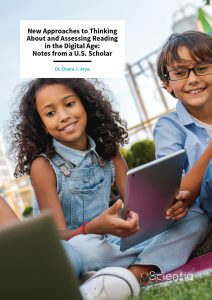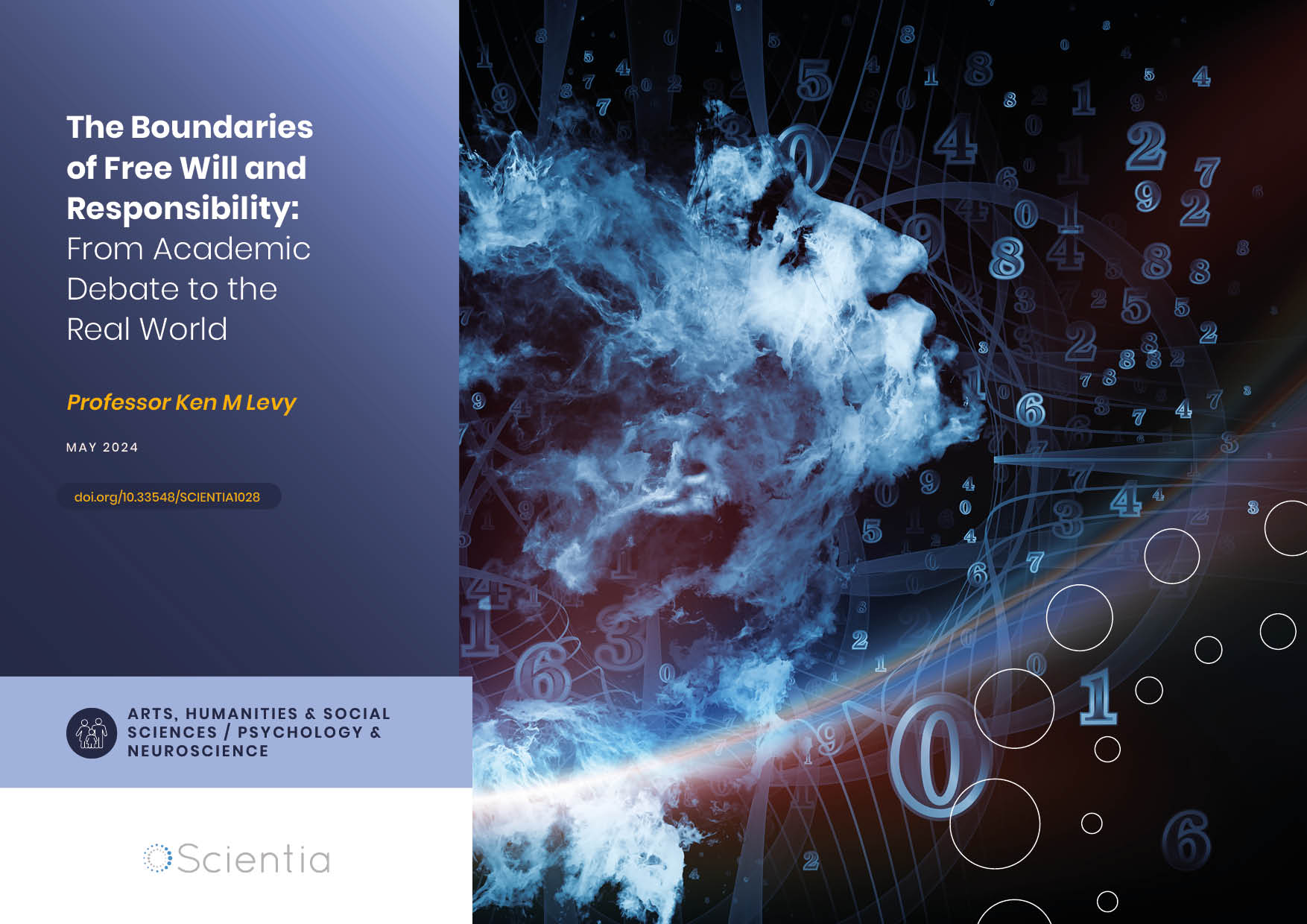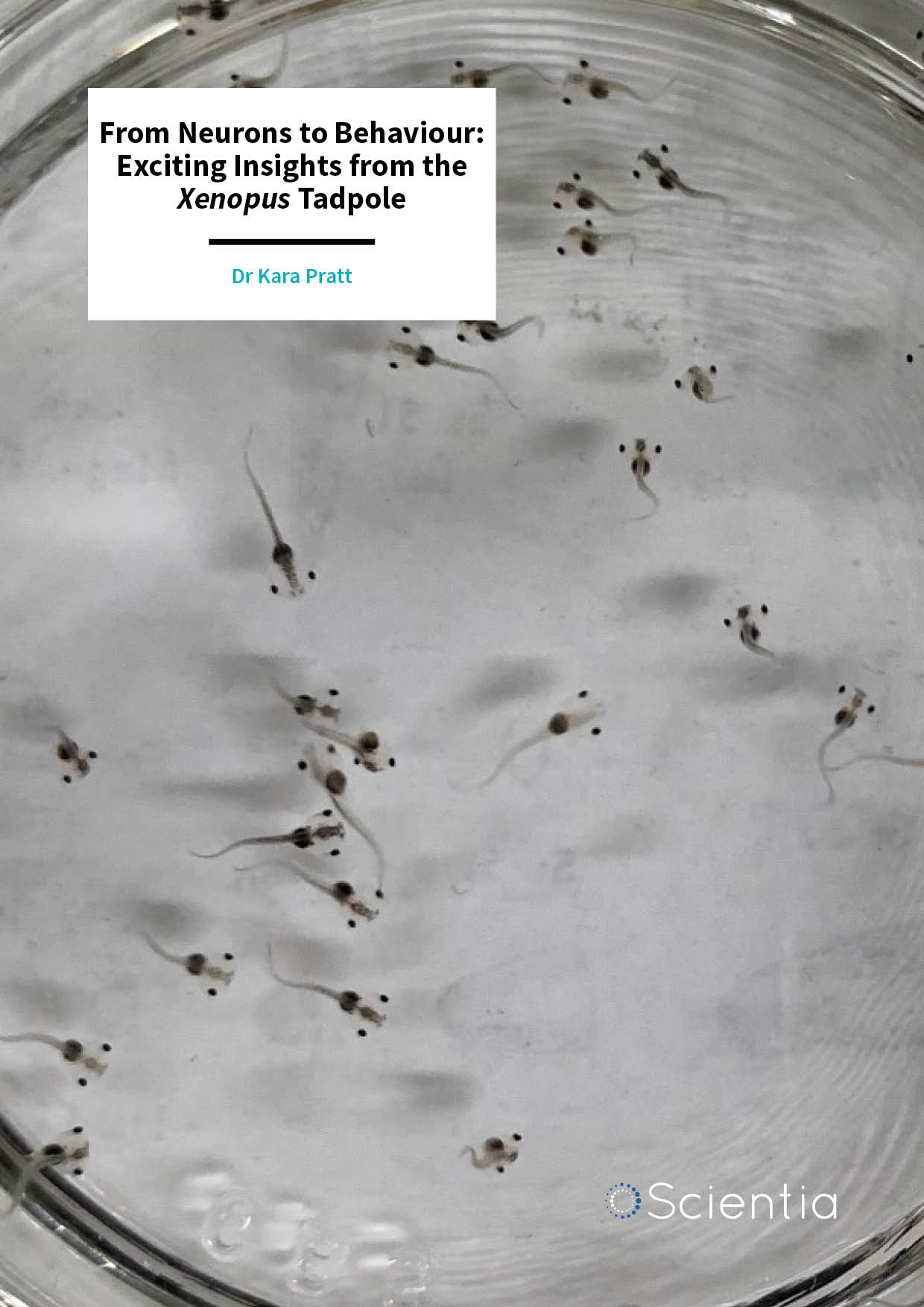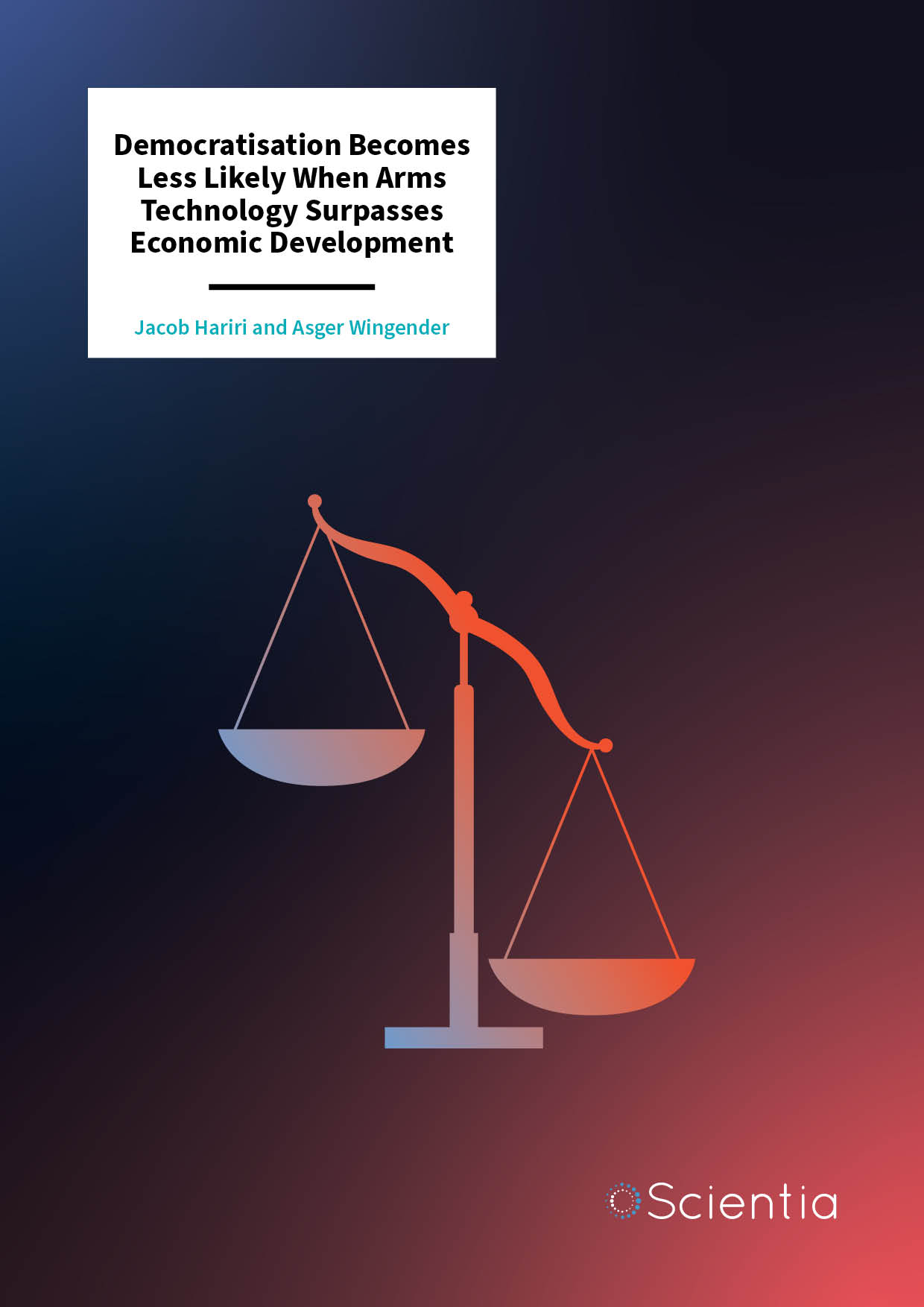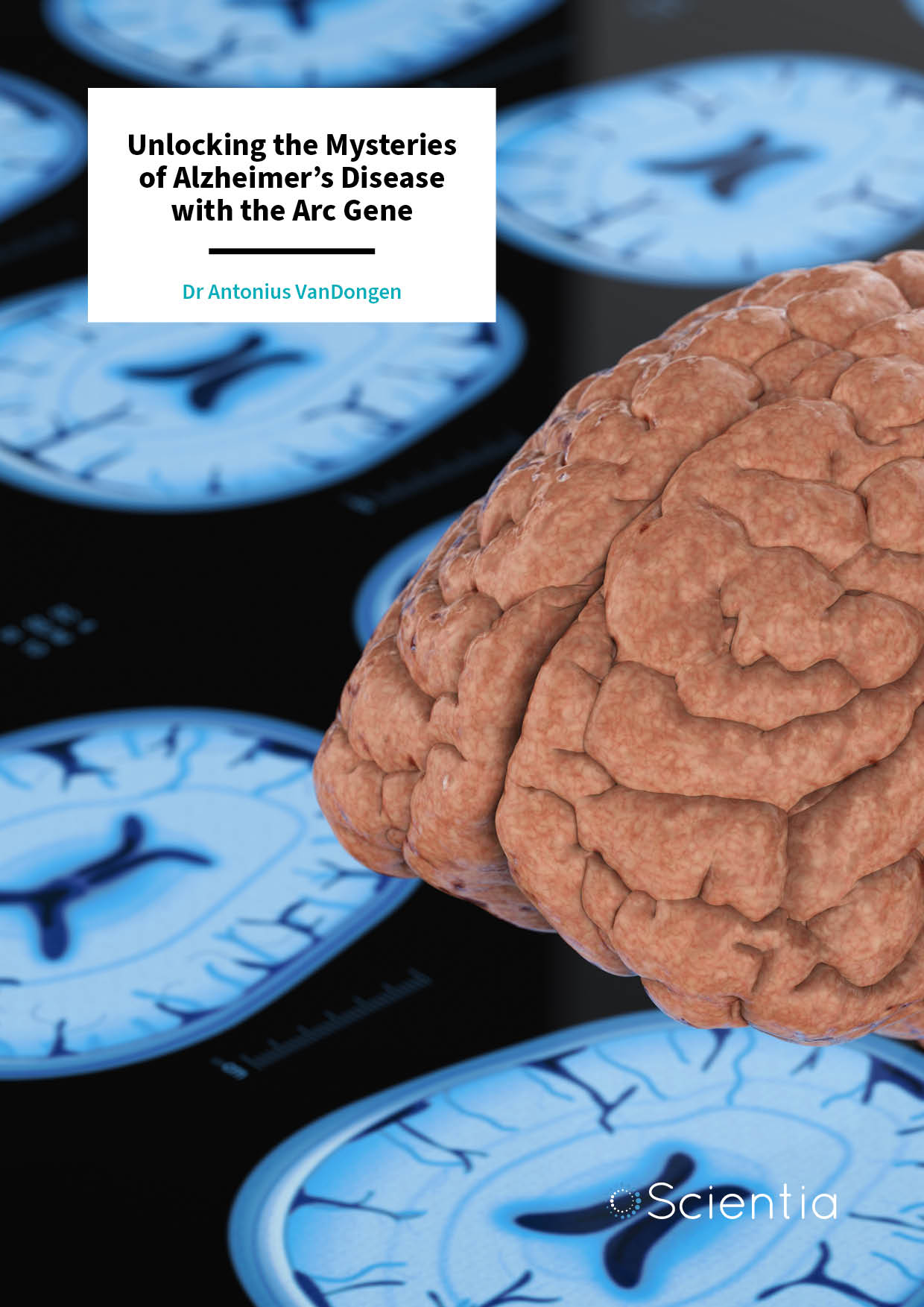Dr. Diana Arya | New Approaches to Thinking About and Assessing Reading in the Digital Age: Notes from a U.S. Scholar
Article written by Diana J. Arya, Ingrid Fidelli, and Catherine Deeprose
Reading has become increasingly complex over the past few decades, largely due to the rapid pace of technological advancement and the increasing availability of massive amounts of information, some of which may blur the lines between fact and fiction. Identifying better practices to teach young people to read and accurately assess their reading abilities is now of pressing importance. Dr. Diana Arya, an Associate Professor at the University of California, Santa Barbara, has been exploring sociocultural and historical considerations related to how children read and understand different types of content in the digital era.
The Need for New Literacy and Reading Practices
Learning to read and understand textual information is a crucial step in a child’s education. Such reading entails more than simply decoding (sounding out words) or grasping the main idea – reading also requires learning how to make sense of and synthesize complex issues, and critically reasoning about topics rooted in different sociocultural contexts.
In our digital era, the Internet has brought forth information technologies and social media platforms that have fuelled the mass dissemination of information across many different formats, including written articles, images, videos, and podcasts. Learning to examine all these resources critically in their respective modalities is extremely important for young developing readers who need a great deal of practice in making sense of and critically reasoning about the ever-growing informational landscape if they are to thrive academically and professionally in the 21st century.
Despite this, current methods used to assess children’s reading abilities in American classrooms still primarily focus on printed texts. Most commonly, reading skills are assessed by asking students to read written passages and extract the main ideas conveyed in them.
In many parts of the U.S., including California, most elementary school teachers assess their students by using commercially available tests that generally require students to read texts, directions, and prompts, interpret the meaning of what they are reading, and then select a correct answer from a list of options usually intended to fill a missing space within presented text. Unfortunately, such standardized, forced-choice tests may be inadequate for assessing the reading abilities of an increasingly diverse student population who must prepare for a future of sociocultural, political, economic, and informational complexities.
Dr. Diana J. Arya, Associate Professor and literacy scholar at the University of California, Santa Barbara, has been exploring the limitations of existing methods and materials for supporting reading development as well as the ways in which conventional assessments may limit our ability to understand children’s reading skills in America’s classrooms.
This important work highlights the potential that stories of human experience – for example, scientific discovery narratives – have for understanding core scientific concepts and issues, and how such textual narratives may help narrow the performance gap consistently observed between white and non-white student populations.

Piloted middle school text in the Critical Reading Assessment (each excerpted text was presented on separate slides).
From Simply Decoding to Deep Understanding
There are a number of important concepts, practices, and processes that relate to the science of reading that seem to be unacknowledged in mainstream media. Most of the discussions and opinion articles within social media outlets focus on the practice of decoding (i.e., sounding out words in printed form), which is only a small part of the reading process. If this (sounding out words) was the only skill required of students to succeed in school, we would see different results on reading assessments.
Reading is far more than decoding letters or sounds – it requires an understanding of the meaning beyond what is explicitly presented, discerning intentions, and critically reasoning about the accuracy and potential biases of texts. In the present information-rich landscape, reading can also entail engaging with content on social media, through comments, ‘likes’, and group discussions. Information can come in many forms – written/printed words, images, data representations, video clips and GIFs, podcasts, and more.
Dr. Arya’s recent studies highlight the limitations of current reading practices and assessments in elementary school, particularly within the context of learning from informational texts. Findings from research on school-based texts such as science textbooks have revealed a number of issues including a lack of context about how scientific knowledge came into being. This exclusion leaves little room for readers to view science as more than information, and even less room to imagine themselves as potential scientists.
Dr. Arya emphasizes the importance of teaching students from all backgrounds to not merely understand textual content but to also critically reason about the presented information by questioning the intentions of the author and asking what may be missing or underrepresented. Such critical engagement with texts can, in turn, help developing readers make better sense of the world around them and be mindfully aware of the different types of content they consume every day.
How Sociocultural Context Affects Scientific Reading
In a study conducted in 2021, Dr. Arya and colleague Dr. Andrew Maul set out to better understand how young children from different cultural backgrounds engaged with science discovery narratives. These are stories either written by scientists or narrations of the process through which scientists discovered new things.
Compared to traditional scientific texts, which simply present facts and information without explaining how they were discovered, science discovery narratives make visible to readers how a scientist, or group of scientists, came to learn something new about the world or beyond. Drs. Arya and Maul’s previous work (published in 2012) suggested that science discovery narratives can improve student understanding and retention of key scientific concepts described in these texts, with even greater effects for culturally marginalized students.
In following up on this 2012 study, Drs. Arya and Maul asked 24 middle school students to read a series of science discovery texts and then interviewed them to understand how they perceived and related to these texts. They found that the sociocultural context of human experience was highly impactful on these young readers; the discovery narrative seemed to reduce the distance between the science and the students, making it easier for them to see themselves working alongside the discoverers.
Context matters, especially when reading. The sociocultural context represented in texts used in the classroom can make a difference in terms of how engaged readers are and what they take up from textual information. While this is a simple finding, the 2021 study shows that the more relatable and inclusive (or representative) texts are to readers, the more they take up or learn from such texts.
This study confirmed that the way in which scientific content is presented to students is very important. Typical textbooks that present decontextualized information about aspects of nature such as chemical reactions, biological phenomena, and so on, might thus be far less effective in explaining science to elementary students than discovery stories that make visible the historical and sociocultural contexts in which facts are realized and conveyed to the world.
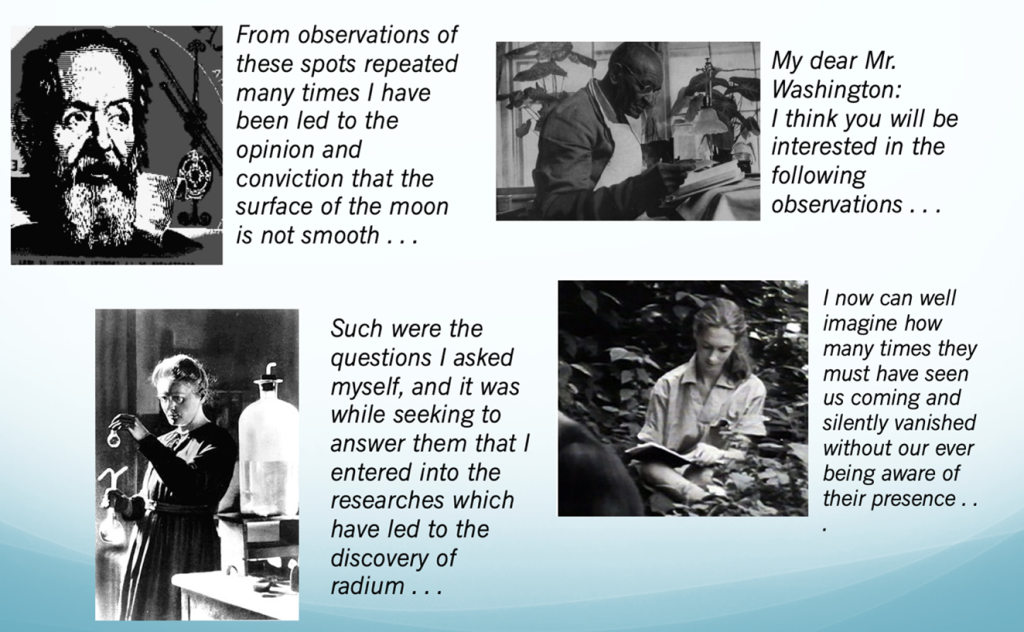
The 2012 and 2021 studies by Drs. Arya and Maul were founded on the firsthand accounts of discoveries by scientists (shown here are Galileo Galilei, George Washington Carver, Jane Goodall, and Marie Curie).
A Culturally Inclusive Online Reading Assessment
In collaboration with graduate students at the University of California, Santa Barbara, Dr. Arya conducted another study published in 2022 that began with the development of the Critical Reading Assessment (CRA), which is designed to be conducted online or in person and to gauge a young learner’s text comprehension and critical reasoning.
Recently, national literacy assessments (such as the National Assessment for Educational Progress, or NAEP) have increasingly foregrounded different modalities of digitized text—images, data representations, and even video clips. While developing the CRA, the research team conducted group discussions with young children from different backgrounds and revisited initial texts to improve their sociocultural relevance. ‘As such, we chose to involve young readers from the very beginning to ensure that the textual content was engaging and that the language used appropriately aligned with each respective grade level,’ explains Dr. Arya.
The CRA is administered one-on-one and begins with some questions about the topic selected for reading. The young student then reads the text presented on the screen along with embedded infographics or videos on their electronic tablets. The assessor follows by asking a series of questions about the information presented in the text, as well as open-ended questions exploring what they found most interesting, surprising, inclusive, exclusive, and perhaps unfair to others.
The team tested the effectiveness of their newly developed reading assessment in a pilot study involving 52 fourth-grade students, most of whom were from a Latinx background and spoke at least some Spanish at home. When asked about the assessment, these young readers highlighted the value of their inclusion in the assessment’s development.
The students also found the use of different types of textual modalities (i.e., written text, videos, infographics, and so on) helpful when trying to understand the content, while some felt that the exclusive use of English in tests made it harder for them to convey all they had understood. Finally, the researchers found that questions prompting students to critically think about what they read and share their perspectives were very useful in assessing their comprehension and engagement levels. ‘What was most insightful for our team was the statistically significant difference between the participants’ performance on the CRA compared to their performance on the widely used standardized reading test that was administered by the participating school within the same time period,’ notes Dr. Arya. ‘We found that the school-based standardized test significantly underdetermined the students’ reading abilities by an average of more than one grade level. This finding suggests that results from standardized tests may not adequately reflect the true abilities of students, particularly those from historically marginalized backgrounds.’
Fostering More Inclusive and Relevant Classroom Reading Practices
Overall, Dr. Arya’s recent studies emphasize the need to develop new reading programs and assessments for American classrooms that represent the full range of reading skills and abilities needed for fostering critical consumers of information. The CRA (created at the University of California, Santa Barbara), is a valuable example that could soon inspire the creation of similar assessments.
According to Dr. Arya, educators, and policymakers must catch up with the times, which means that we need to see some alignment between the assessment and instructional tools for fostering reading skills in schools and what it takes—and will take—to be an effective reader today and, in the future. She further points to how texts are evolving and becoming increasingly multimodal, meaning that we are now seeing podcasts and infographics (e.g., data charts and even memes) in what we read every day. Sadly, the current reading assessments used widely in schools are wholly inadequate for gauging readiness for the complexities coming around the corner.
Dr. Arya believes that educators in America need more sensitive and useable tools to assess their students’ reading skills so that they can better support them on their academic journeys. Strengthening young people’s reading and comprehension skills would undoubtedly make them more prepared to navigate the complexities of the 21st century and the vast amount of information they encounter every day. She aims to have all textual resources, approaches, and assessments she has developed freely available to schools and families; some of these resources are available now through her Community Based Literacies website (www.cbleducation.org).
SHARE
DOWNLOAD E-BOOK
REFERENCE
https://doi.org/10.33548/SCIENTIA917
MEET THE RESEARCHER
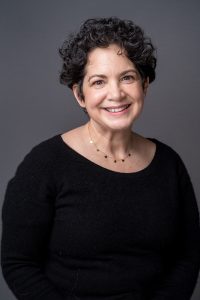
Dr. Diana J. Arya
Associate Professor and Faculty Director
Gevirtz Graduate School of Education
University of California
Santa Barbara, CA
U.S.A.
Dr. Diana Arya (she/they) is an Associate Professor and literacy scholar in the Gevirtz Graduate School of Education at the University of California, Santa Barbara, as well as Faculty Director of the university-housed McEnroe Reading and Language Arts Clinic. They hold a Ph.D. in Education from the University of California, Berkeley; two M.A. degrees in Education Literacy and Special Education from the University of Michigan, Ann Arbor; an M.A. in Applied Linguistics from the University of Illinois; and a B.A. in International Business and Asian Studies from Florida State University. Dr. Arya’s research, which is affiliated with their multi-program initiative called Community Based Literacies, converges at the intersection of multimodal, critical reading practices, intergenerational mentoring, and place-based, interdisciplinary learning with an emphasis on social, economic, and environmental justice. This work is guided by Dr. Arya’s larger mission to contribute to long-needed transformations in American elementary and middle school literacy education.
CONTACT
E: darya@ucsb.edu
W: https://ipees.ucsb.edu/people/diana-arya
FUNDING
The work represented in this article was funded in part by the Elaine Stepanek Foundation and the University-Community Links network supported by the University of California Office of the President.
FURTHER READING
DJ Arya, S Sultana, S Levine, et al., Raising Critical Readers in the 21st Century: A Case of Assessing Fourth-Grade Reading Abilities and Practices, Literacy Research: Theory, Method, and Practice, 2022, 71(1), 1–19. DOI: https://doi.org/10.1177/23813377221117100
DJ Arya, A Maul, Why Sociocultural Context Matters in the Science of Reading and the Reading of Science: Revisiting the Science Discovery Narrative, International Literacy Association Reading Research Quarterly, 2021, 56(S1), S273–S286. DOI: https://doi.org/10.1002/rrq.393
DJ Arya, A Maul, The Role of the Scientific Discovery Narrative in Middle School Science Education: An Experimental Study, Journal of Educational Psychology, 2012, 104(4), 1022–1032. DOI: https://doi.org/10.1037/a0028108
![]()
REPUBLISH OUR ARTICLES
We encourage all formats of sharing and republishing of our articles. Whether you want to host on your website, publication or blog, we welcome this. Find out more
Creative Commons Licence (CC BY 4.0)
This work is licensed under a Creative Commons Attribution 4.0 International License. 
What does this mean?
Share: You can copy and redistribute the material in any medium or format
Adapt: You can change, and build upon the material for any purpose, even commercially.
Credit: You must give appropriate credit, provide a link to the license, and indicate if changes were made.
SUBSCRIBE NOW
Follow Us
MORE ARTICLES YOU MAY LIKE
Professor Ken M Levy | The Boundaries of Free Will and Responsibility: From Academic Debate to the Real World
For almost thirty years, Professor Ken M Levy of Louisiana State University Law School has been thinking and writing about free will and responsibility. In several articles and his recent book, Free Will, Responsibility, and Crime: An Introduction (Routledge 2020), Professor Levy discusses a wide range of subjects, including the myth of the ‘self-made man’, whether psychopaths are culpable for their crimes, and the increasingly popular but highly controversial theory of responsibility scepticism. Professor Levy’s research has profound implications for law, ethics, and society.
Dr Kara Pratt | From Neurons to Behaviour: Exciting Insights from the Xenopus Tadpole
Understanding how neurons come together and form circuits in the brain is crucial to understanding how the brain works. Dr Kara Pratt and her team at the University of Wyoming are uncovering the mysteries behind the formation of neural circuitry and the ability of neurons to self-organise into highly refined networks. An incredibly elegant series of experiments using the larva stage of frogs has progressed insight into this fundamental phenomenon of neuroscience, specifically in the visual system.
Dr Michael Hoffmann | Mirror Neurons as a Key to Stroke Rehabilitation
Mirror neurons are specialised brain cells that underpin our capacity to learn and understand a myriad of behaviours. Dr Michael Hoffmann, from the University of Central Florida and the Roskamp Institute in Florida, has unravelled the profound implications of these brain cells. Beyond their role in cognition, mirror neurons could play a major role in patient rehabilitation, particularly in the context of stroke recovery.
Dr Antonius VanDongen | Unlocking the Mysteries of Alzheimer’s Disease with the Arc Gene
Our vulnerability to developing diseases and conditions depends upon a complex interaction between our genes, lifestyle, and environmental factors. Alzheimer’s disease is no exception to this, and sadly, it remains without a cure. Dr Antonius VanDongen and his team from Duke University are studying the mechanisms underlying learning and memory, specifically focusing on the activity-regulated cytoskeletal memory gene Arc. Their work is driving forward our understanding of the memory problems that characterise Alzheimer’s disease.

